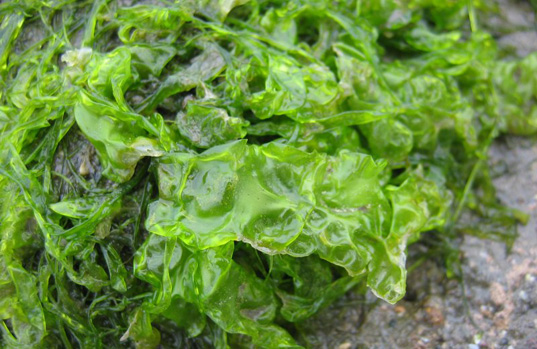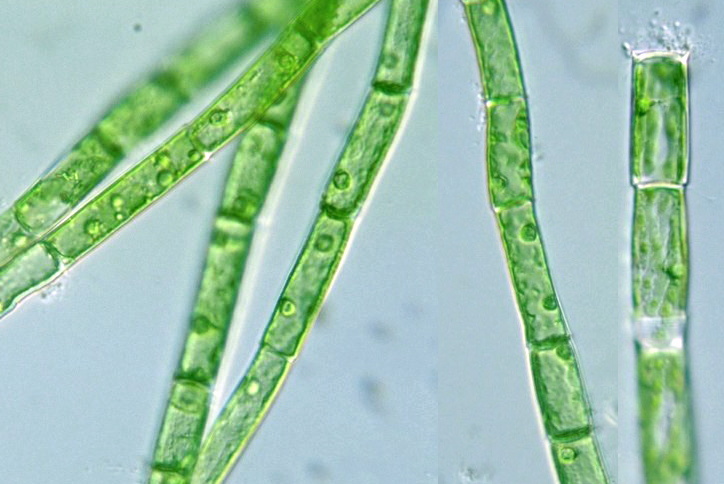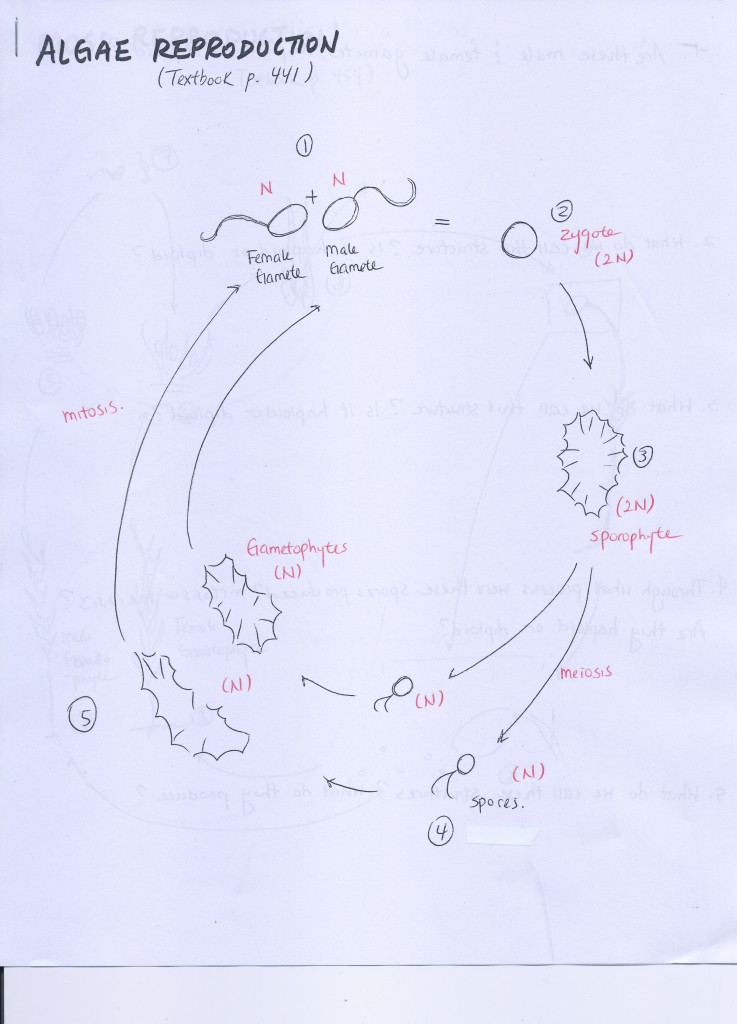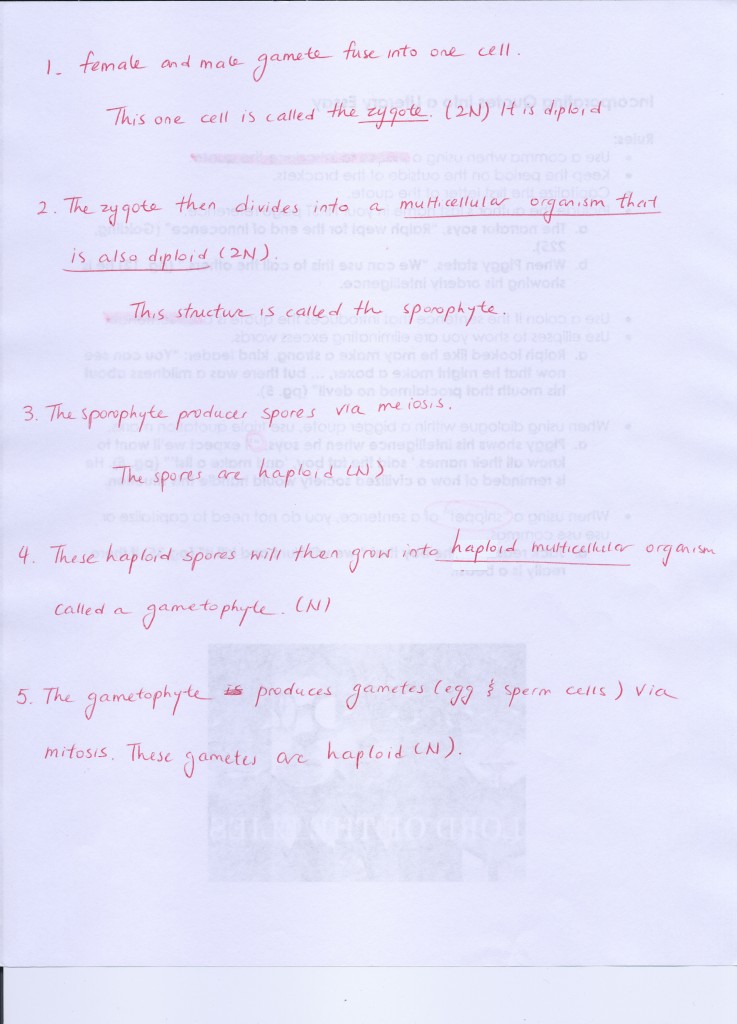
Block A (Megan, Jacob, Teigen, Aiden and Alaiah)
Bio 11 project Teigen Slides
Algae Review Game
Algae Review Sheet Answer key (2)
Block C (Anton, Denisa, Princess, Shereen, Erik, Kiyano)
https://prezi.com/ktpb0sucdidk/edit/#74_43012735
Review Sheet: Answer Key (1)
Chrysophyta (Summary)
Algae are amongst the oldest organisms in the world. Their physiology are similar to the organisms that likely gave rise to all plants today, from the great oak to the little moss. Giant kelp forests serve as the basis for large oceanic ecosystems. They produce almost half the oxygen in the atmosphere. Without algae, life on earth as we know it would not exist.
Learning Objectives
- Identify the structure of green algae
- Explain the function of the structures for adapting to their environment
- Identify examples of Chlorophyta
- Describe the reproductive life cycle of Ulva spp. (Multicellular algae)
- Identify the sporophyte and gametophyte
- Identify whether each stage of the life cycle is haploid or diploid
Structure and Function

Algae come in a variety of color, shapes and sizes. There are unicellular, colonial (many individuals living together, but no specialization) or multicellular (specialized structures).
As water-based organisms, algae must live in or near a source of water. Because they are constantly drenched in water, algae have
- No vascular tissue.
- Since they do not have vascular tissue, they do not have true roots, leaves or stems.
- Thin cell walls that allow algae to exchange oxygen, carbon dioxide and nutrients with its surroundings
- No waterproof structures (i.e. cuticle)
- Thin leaf like structures (often two cells thick) to allow as many cells to come in contact with water as possible.
- Flagellated, swimming reproductive cells that can travel through water
One of the challenges of living underwater is a lack of light. The full wavelength of visible light that hits the earth from the sun is represented by the colored spectrum:

As we know, plants take advantage of light in order to photosynthesize. However, different plants will actually take advantage of different wavelengths, depending on the structures they have.
Chlorophyll, are structures inside chloroplasts that collect the energy from light. There are many different types of chlorophyll (a, b, c and d). All algae have chlorophyll a, which is best at absorbing light from the red and purple wavelengths. Unfortunately these wavelengths are absorbed by water and so, are in short supply.
Therefore, algae and plants have evolved other forms of chlorophyll and accessory pigments (light-absorbing compounds that pass the energy they absorb to the other structures that perform photosynthesis) that can use other wavelengths of light. For example, there are types of chlorophyll that absorb blue wavelengths of light.
Chlorophyta is the group of algae known as “green algae”. They resemble the group of organisms that evolved into today’s land plants millions of years ago. Although green algae can be unicellular, colonial or multicellular, they all share in common:
- All chlorophyta have chlorophyll a and b
- Store food in the form f starch
- Display alternation of generation
Examples
- Chlamydomonas
- Single celled green algae
- Two flagella
- Cell wall does not have cellulose
- Volvox
- Circular colony of green algae connected by strings of cytoplasm
- Members of the colony will communicate with each other through strings of cytoplasm to swim
- Some cells specialized for gamete production
- Spirogyra and Oedogonium
- Threadlike green algae
- Green algae that forms threadlike colonies called filaments
- Able to repro duce sexually and asexually
- Holdfast cell at the bottom to attach filament to bottom of water
- Ulva spp.
- Multi-cellular “sea lettuce”
- Only two cells thick
- Specialized cells at bottom form holdfast

Chlamydomonas

Volvox

Oedogonium

Ulva spp.


